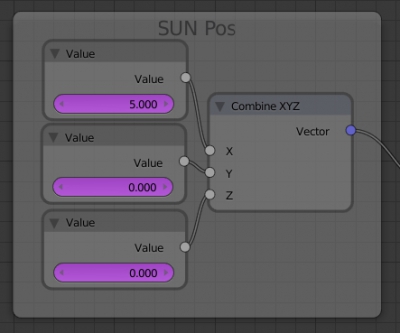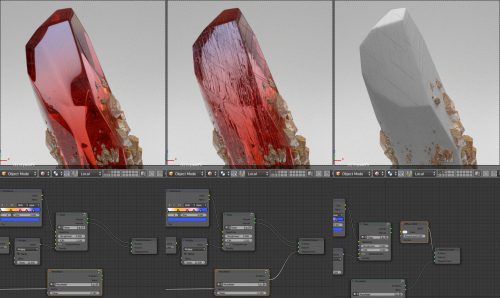Filling volume with items
Some times during the modelling process the problem of filling some volume with number of items occurs. For example it may be a jar with coffee grains, sugar bowl with pieces of sugar, bag of jewels, box with screws and nuts, a bowl of candy, and many others.

All this can be made manually. Creating some copys of items and filling voulume with arranging them in a random order. However this approach much time and efforts to control that the items do not overlap with each other and with the walls of the filled object. To simplify our work we can use the Rigid Body tool – solid-state simulation in Blender.







